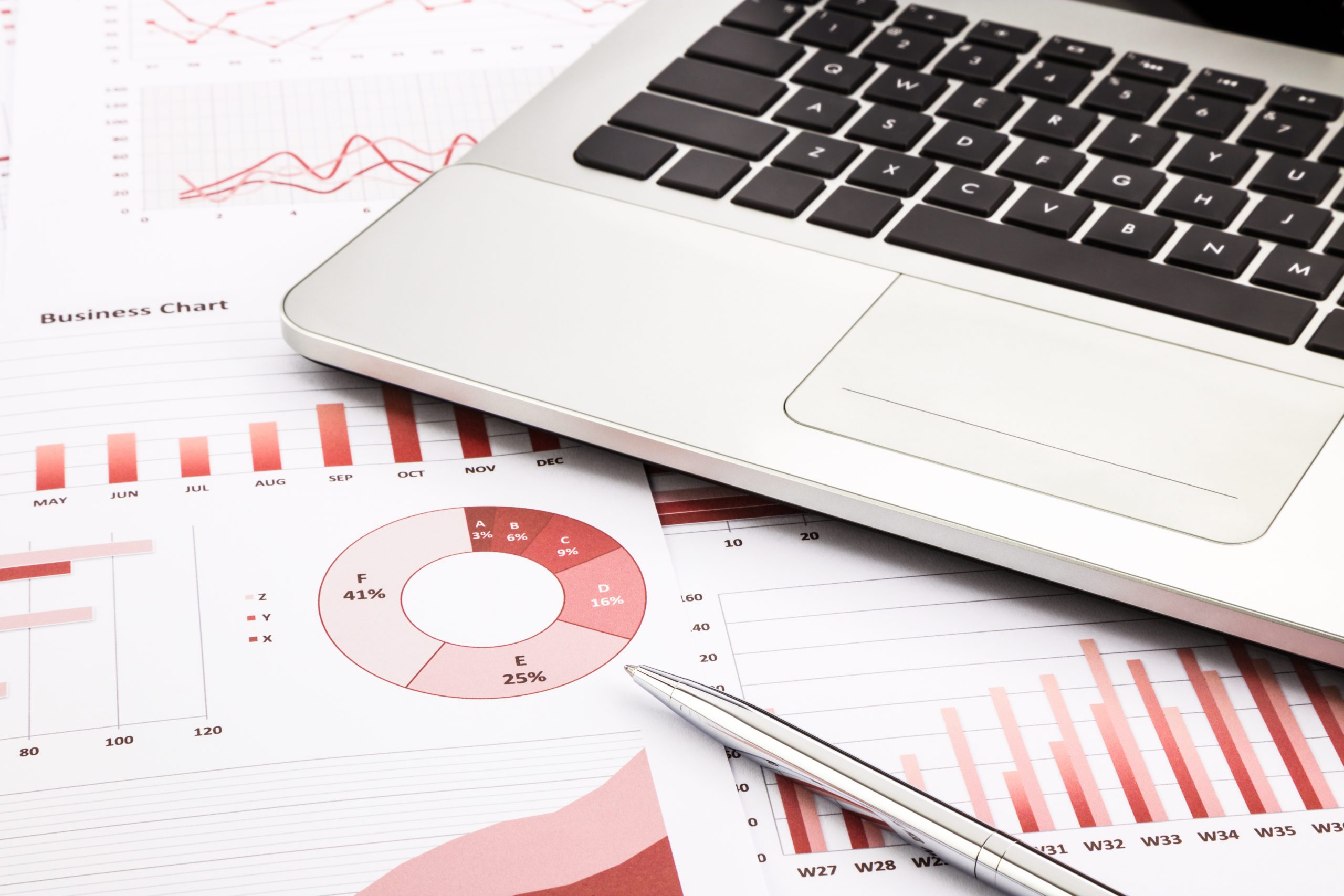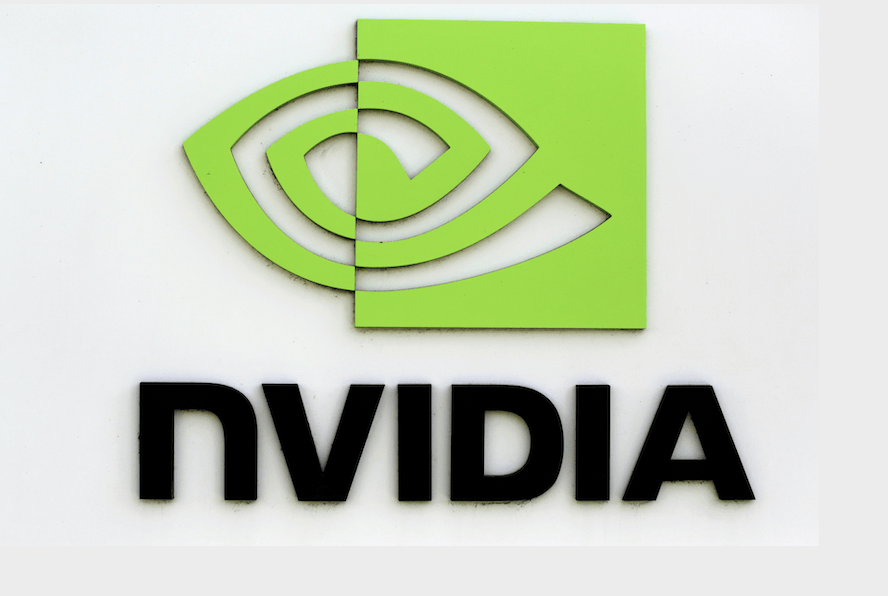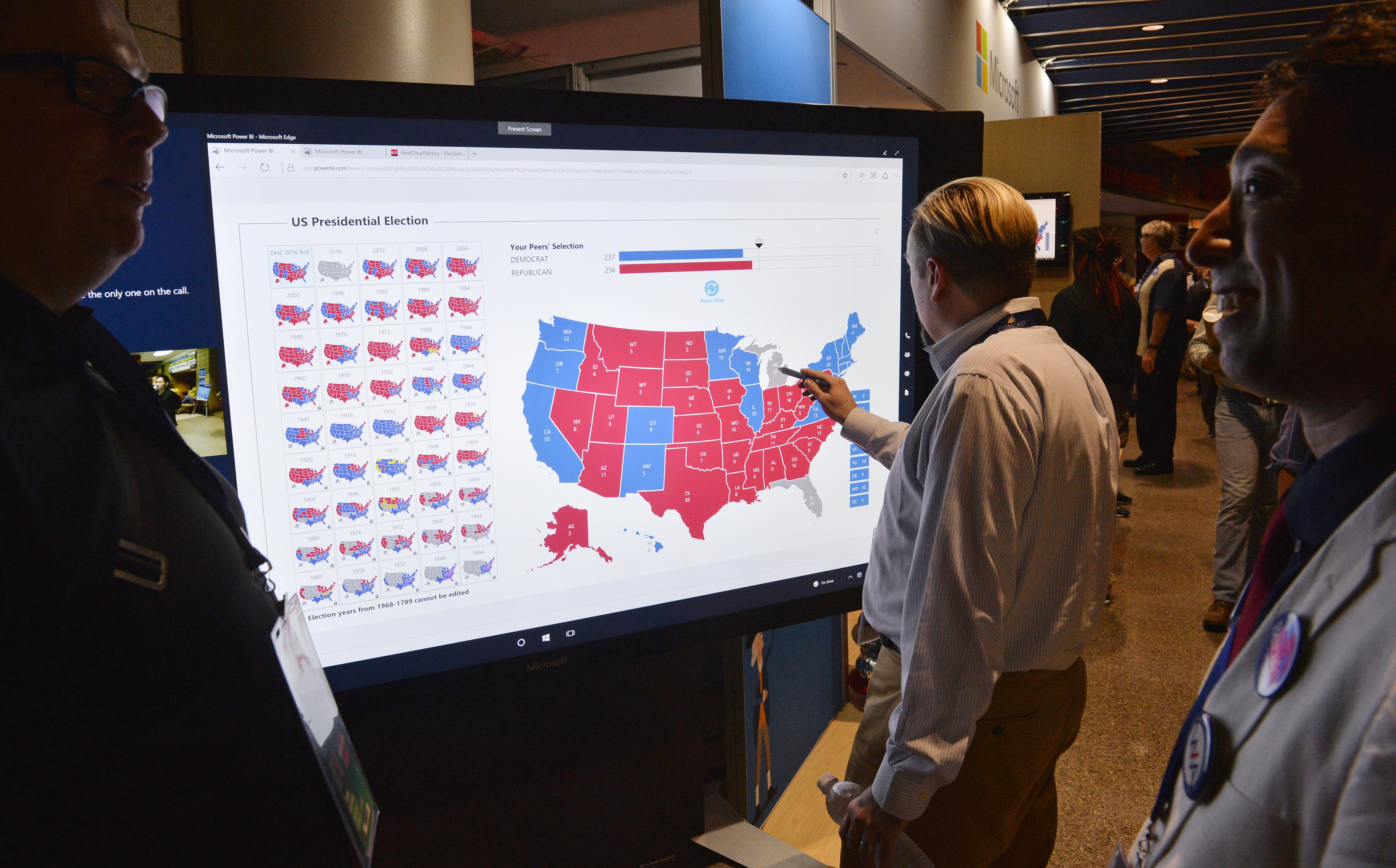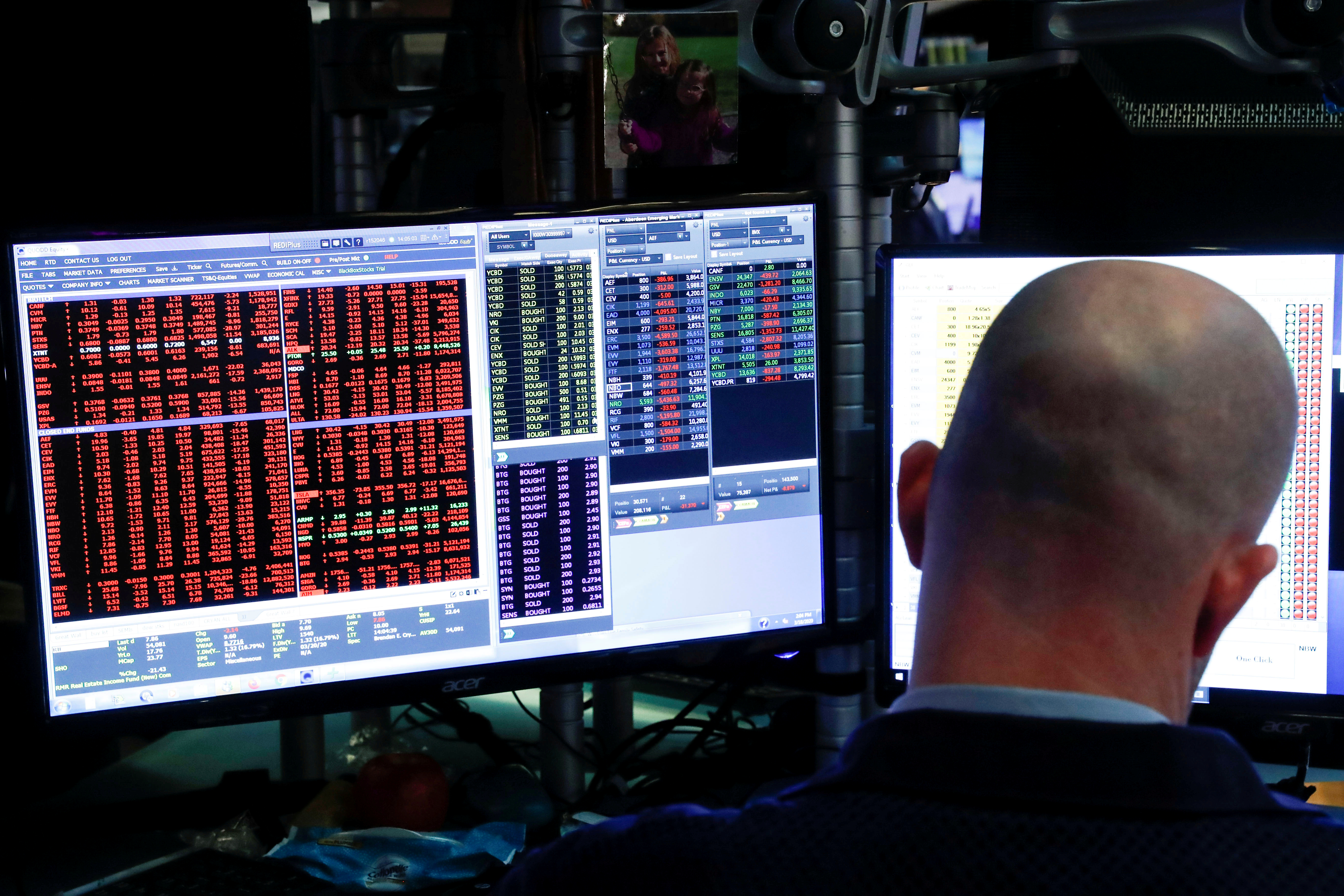Tom Sosnoff Builds Futures

Investors and traders looking to expand their market activities beyond stocks, exchange-traded funds (ETFs) and equity options may want to tune into a recent TradeTalk with tastytrade founder and co-CEO Tom Sosnoff.
The focus of the TradeTalk installment is futures and futures options—specifically, how to build and manage complex futures portfolios. Aside from founding and running several brokerage businesses, Sosnoff has been an avid trader of stocks, options and futures for many years.
He brings together that experience, and his unique perspective, to provide valuable insights on futures trading.
Readers seeking to jump right into the material can do so by following this link: TradeTalk with Tom Sosnoff.
Those seeking more perspective on futures before jumping into the TradeTalk should know:
Why Trade Futures?
Investors and traders primarily use futures markets to capitalize on opportunity (i.e. speculate) and for risk management purposes (i.e. hedging). Relative to other financial assets, futures also offer many additional benefits—from portfolio diversification to reduced margin requirements.
A futures contract gives the buyer an obligation to purchase a specific asset—and the seller an obligation to sell and deliver that asset—at a specific future date unless the holder’s position is closed prior to expiration.
Futures are slightly different from options, which give the buyer the right, but not the obligation, to buy or sell an asset at a specific price at any time during the life of the contract.
Highlighted below are some of the most important reasons that futures enjoy such widespread appeal in the global financial markets.
Opportunity
Futures are available on a wide range of products: commodities, equity indexes, currencies, precious metals and bonds. The diversity of the futures marketplace attracts market participants seeking to express their market opinions with the intention of seizing opportunities.
Diversification
Many investors and traders seek to diversify their portfolios across a wide range of products and markets. In that regard, futures offer a market alternative to equities, options and other financial holdings. Futures offer a level of diversification through pure exposure that can’t be replicated with other products.
Risk Management (Hedging)
Another key reason the futures marketplace enjoys such widespread appeal is because these financial instruments can be used for managing portfolio risk. Generally, this materializes in the form of hedging.
For example, a trader holding a large portfolio of short volatility (i.e. equity options) might choose to short equity index futures in order to protect their position against a market correction. Likewise, a traditional long-only investor might choose to initiate a short index futures position to protect their portfolio when market volatility is rising.
Market Efficiency (Liquidity)
Futures markets tend to be extremely liquid. Because of this liquidity, futures markets are also perceived to be highly efficient. Futures prices are widely circulated, are updated continuously and can be monitored easily—all of which contribute to an efficient marketplace.
Likewise, futures orders are routed to their destination without human intervention, which means they can be executed and confirmed in less than a second. Fast and accurate executions help to facilitate the most efficient market possible.
Capital Efficiency (Low Margin, High Leverage)
Futures offer exceptional capital efficiency to investors and traders due to reduced margin requirements, which in turn means they offer a greater degree of leverage.
Margin in this context represents the amount of “good faith” capital that must be deposited into a trading account prior to executing a specific trade. Typically, a futures contract can be bought or sold with a margin of 3% to 10% of the underlying contract’s value.
Leverage is a term used to describe the total value of an investment relative to how much money is required to buy or sell that investment. Because futures have lower margin requirements, the leverage available when trading these products is higher as compared with other financial assets, such as equities and options.
It should be noted that from a risk management perspective, low margin and high leverage can sometimes be a double-edged sword. In the same way that traders can capitalize on low margins to produce attractive returns on capital, that same leverage can result in extensive losses, especially without accompanying portfolio management controls (i.e. stop losses, etc.).
Expanded Market Access
Many futures exchanges allow expanded trading hours beyond traditional equity and option exchange hours of operation. That means futures traders are theoretically better enabled to manage risk in their portfolios, as well as to capitalize upon a wider pool of potential opportunities due to more robust market access.
Regulatory Benefits
Futures contracts are standardized and traded on government-regulated exchanges, which helps ensure fair practices. Futures trades are also cleared and guaranteed by exchanges, which increases confidence that commitments will be honored and helps promote the most efficient marketplace possible.
In addition, it should be noted that futures transactions are not subject to the “pattern day trader rule,” which states that if a customer makes four or more day trades (defined as opening and closing a stock position in the same day) in a five-day period, that customer is henceforth considered a “day trader” and must maintain a minimum account balance of $25,000.
Along those lines, futures traders do not have to deal with several other regulatory concerns that tend to plague stock traders, such as short sale rules, “hard to borrow,” and Regulation SHO.
Small Exchange
In the past, some investors and traders chose to avoid futures because of the size of some of the contracts (i.e. too capital intensive).
The recent introduction of the Small Exchange has made futures products more accessible to a wider range of market participants due to reduced contract sizes, as well as modernized product offerings.
To learn more about trading the “Smalls” readers can review the video Introducing the Small Exchange or visit the Small Exchange homepage.
More information about futures trading can also be accessed through the ongoing tastytrade series Small Stakes.
Sage Anderson is a pseudonym. The contributor has an extensive background in trading equity derivatives and managing volatility-based portfolios as a former prop trading firm employee. The contributor is not an employee of Luckbox, tastytrade or any affiliated companies. Readers can direct questions about any of the topics covered in this blog post, or any other trading-related subject, to support@luckboxmagazine.com.



















